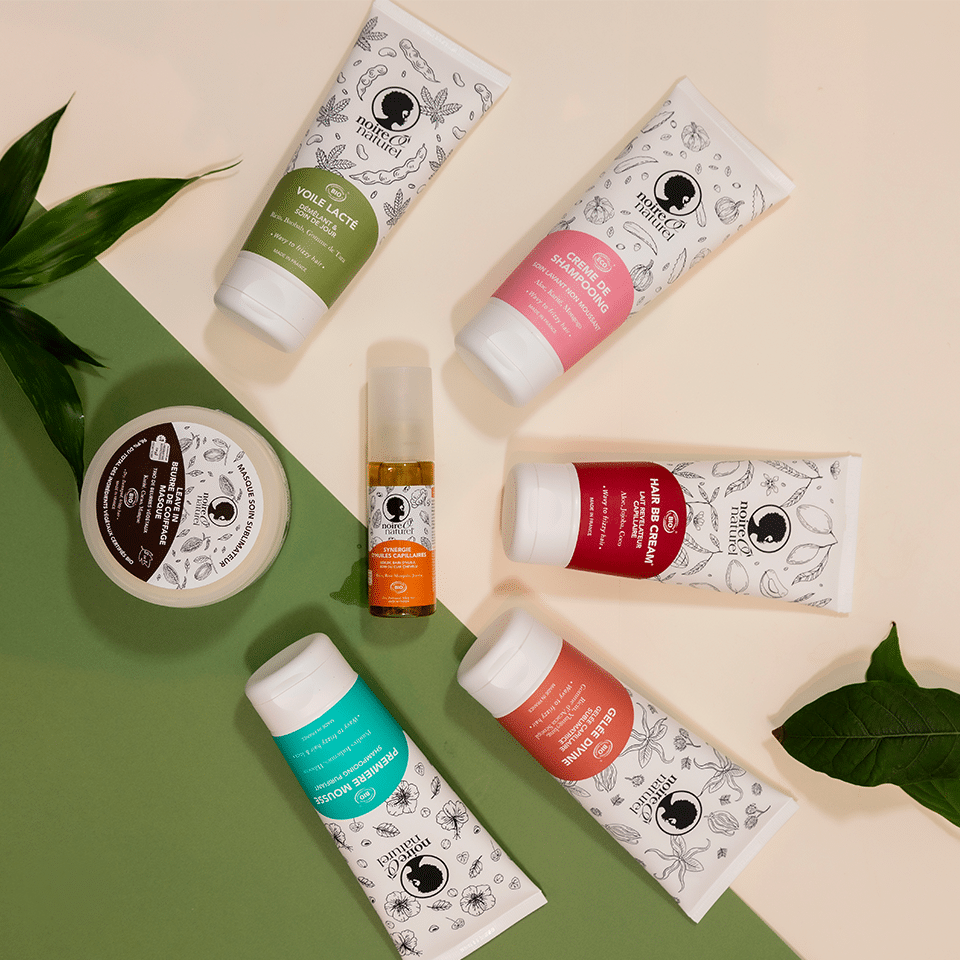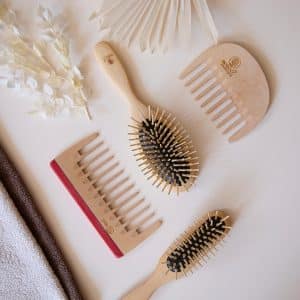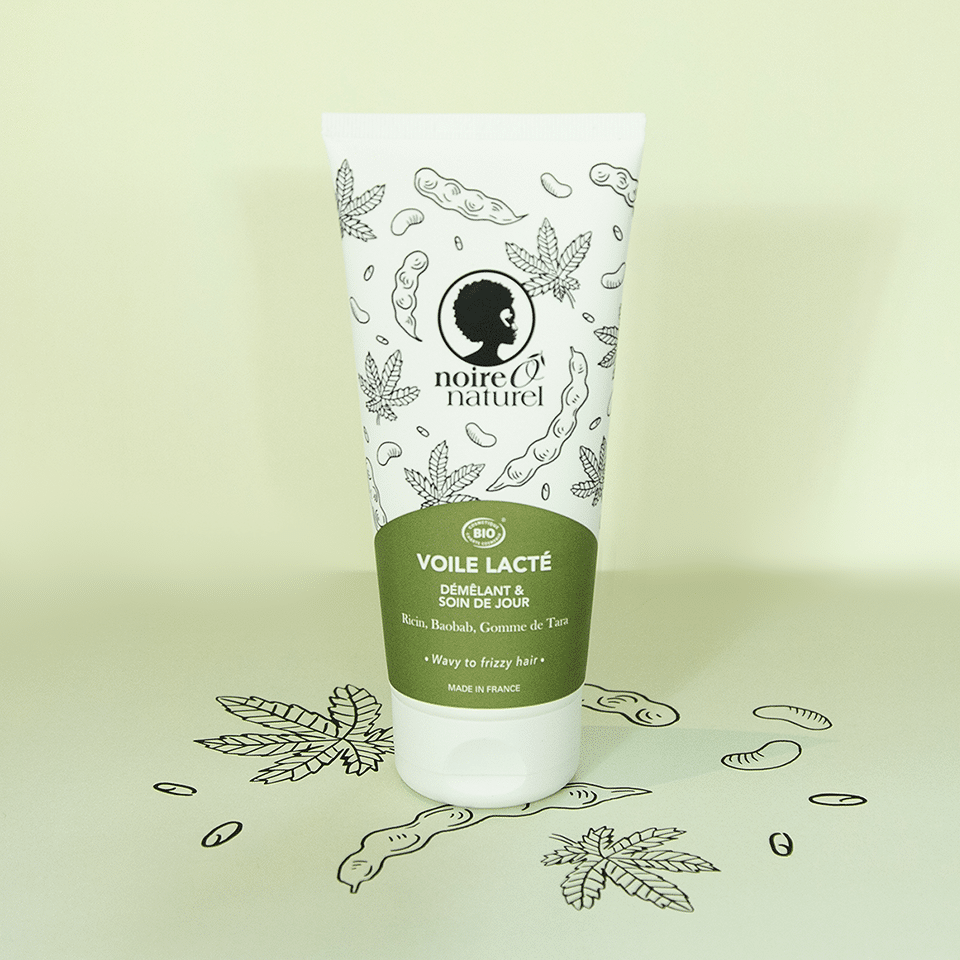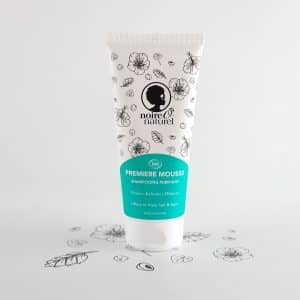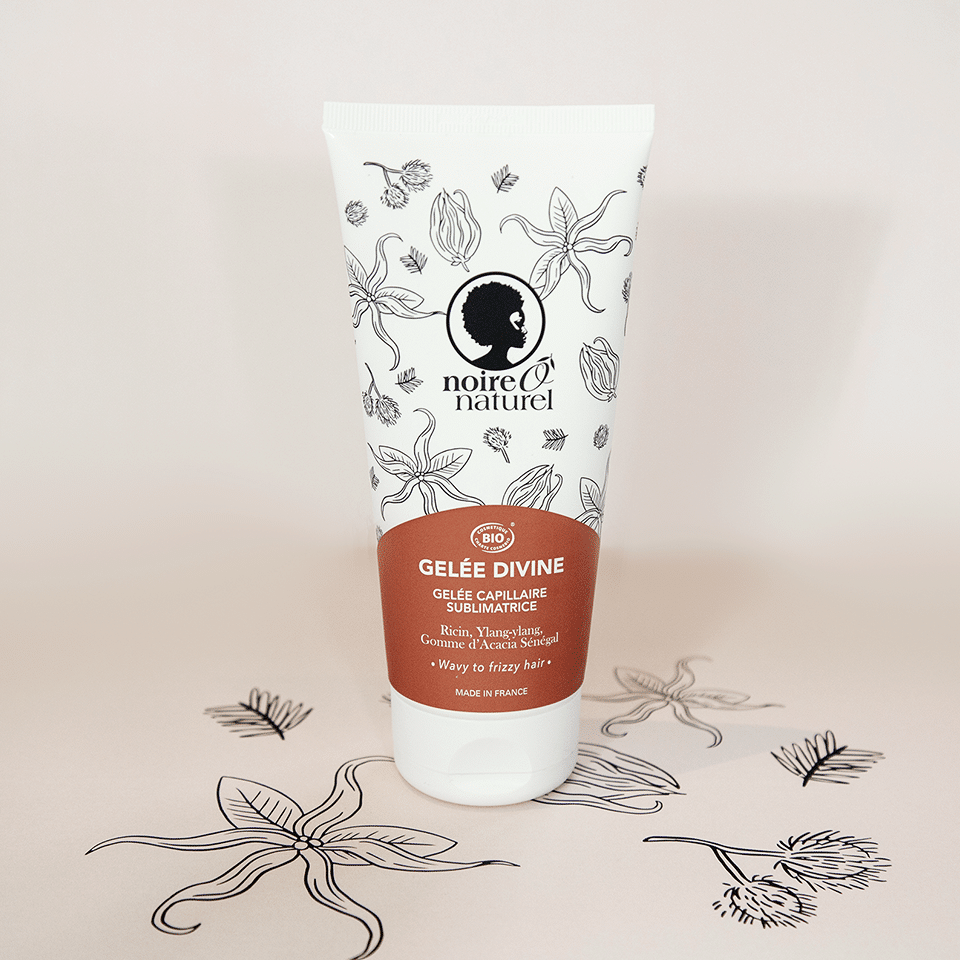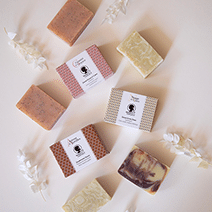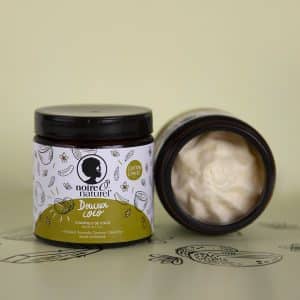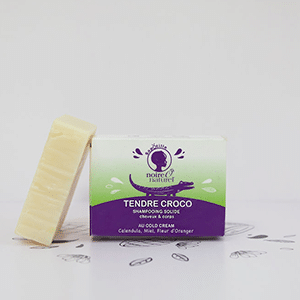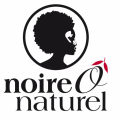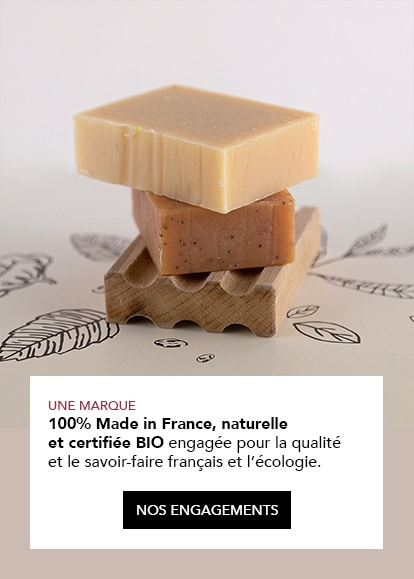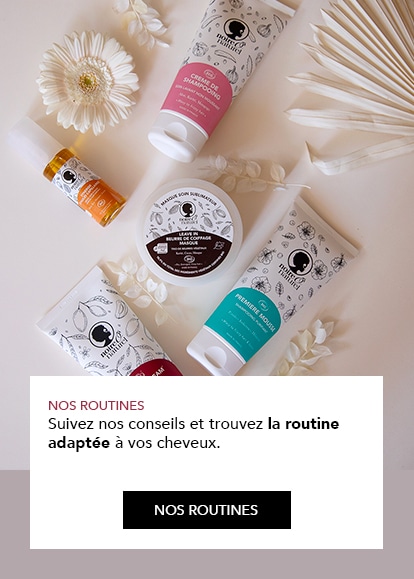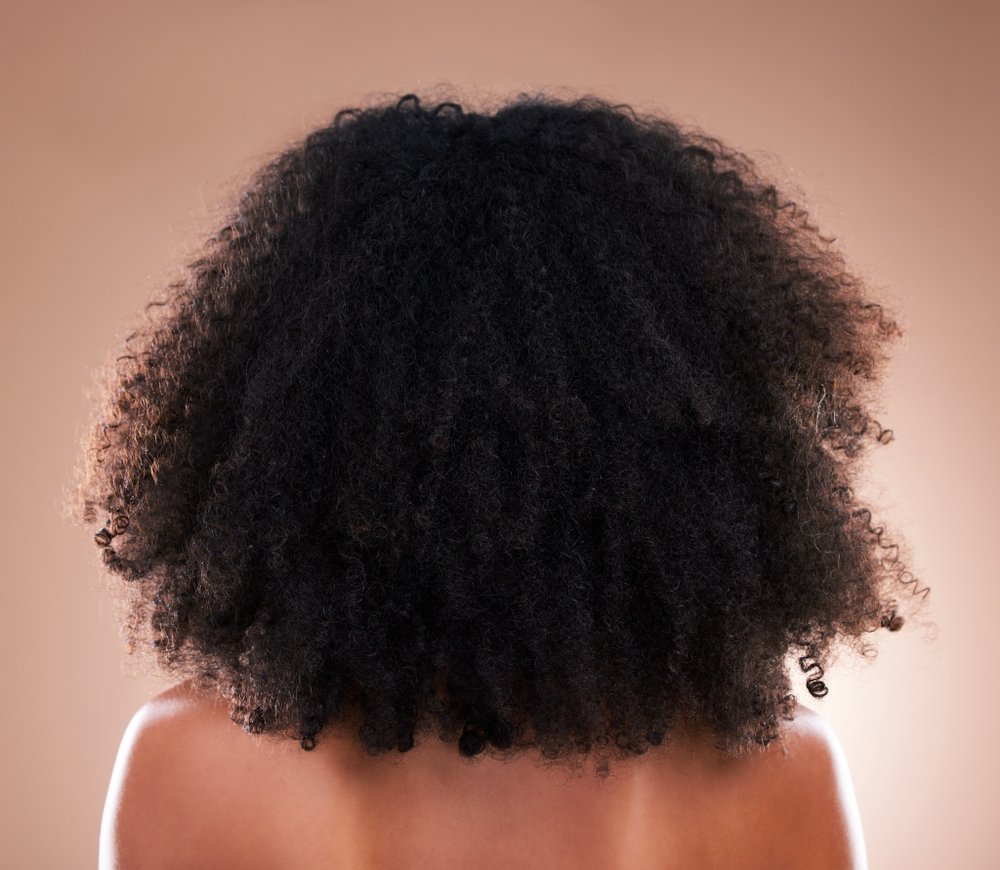
Copyright photographie : SHUTTERSTOCK
Throughout human history, hair has always been much more than just a physical attribute. It carries with it stories of identity, culture and sometimes even resistance. For people of African descent in particular, frizzy hair has been at the heart of a complex journey through time, linked to the history of slavery.
You may not know it, but frizzy hair even played an important role in the escape of slaves.
Frizzy hair, a unique texture
Frizzy hair, with its unique texture and abundance of tight curls, has been a central part of the identity of people of African descent for centuries. However, during the dark days of transatlantic slavery, frizzy hair became much more than just a physical characteristic. It became a tool of domination and dehumanisation.
African slaves were often stripped of their dignity and cultural identity as soon as they were captured. Their hair, which had previously been treated with care and seen as a symbol of pride and community connection, was transformed into a means of control. Slave owners often demanded that slaves’ hair be shaved to deprive them of their identity and individuality.
The slaves’ struggle to protect their identity
However, even under the most brutal conditions, people’s creativity and resilience persisted. Slave women found ingenious ways to maintain their hair heritage despite attempts to suppress it. They used fabrics, scarves and protective hairstyles to protect their hair and maintain a connection with their culture and identity. But that’s not all!
The role of frizzy hair in slavery: hair plaited like cards
Frizzy hair played a crucial role in the struggle for freedom and dignity. As slaves often escaped to remote areas or swamps, complex hairstyles were used as coded maps, indicating paths to freedom or safe havens.
In fact, in various African cultures, the « root braids » attached to the scalp have always been used to communicate messages: social status, marital status, religion, etc.
Slave women decided to use braiding as a secret code to indicate escape routes.
The women planned their escapes by drawing maps using plaits.
A coiled braid pointed to a mountain, a sinuous (snake-like) braid to a water source, and a thick braid to a soldier. The route was marked from the front (where the slaves were) to the back of the neck (where they had to flee). Meeting points were also indicated when several rows of braids converged in the same place.
Sociologist Lina María Vargas (informed by Leocadia Mosquera, a teacher to whom her grandmother had taught the secret of the hairstyles), explains, for example, that if you had to meet under a tree, the braid would be finished vertically and upwards so that it would stand upright. If you had to meet on the bank of a river, the braid would be flattened in the direction of the ears.
Braided hair was also used to hide valuable objects that would come in handy: matches, grains of rice, grains of gold, seeds to grow…
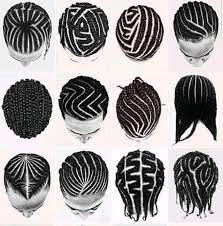
Today, as we celebrate the beauty and diversity of frizzy hair, it’s essential to recognise the complex story behind each curl. Frizzy hair bears the traces of struggle, resilience and survival of generations of ancestors. It represents the strength of a community that has overcome adversity with grace and dignity.
Frizzy hair is more than just a texture: it is a symbol of resilience and strength, a link to African heritage and an embodiment of resistance against oppression.

